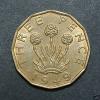Leaderboard
Popular Content
Showing content with the highest reputation on 04/03/2018 in Posts
-
3 points
-
Something's gone wrong (for me) in the Copper Tokens thread, so I will post this newbie here, seeing as it's a penny ... 1796 Birmingham copper penny token by Thomas Wyon2 points
-
Its nothing to do with the pictures or the listing really I just dont like people selling coins for a grand in an auction and then telling lies to not sell it. I also dont like people who arrange to meet you and sell you something for cash and tell lies again. I also dont like people selling Fakes that have been in there collection forty years but were only made twelve months before. I also dont like someone who sells at shows and knows the values trying to catch someone out by asking £500 more for a coin of not much value. Basiclly i just dont like the seller and people who tell lies2 points
-
2 points
-
Does anyone (else) have one of these? I'm have been finding it extremely difficult to locate these in decent condition (better than GF really) but I'm hopefully about to upgrade this one soon. Seems scarcer than merely 'Scarce' (ESC) to me!1 point
-
True, Court quotes 16,129,850 for the 1916 RE penny so there must have been many individual obverse working dies. As I understand it, the puncheons would build up the design in incuse, the result being used to strike a master die which is a relief die. From this, whatever number of incuse working dies necessary could be struck. It would seem likely that only one master die would be prepared, and thus the border tooth puncheon would only be used once in building up the master die. Logically any progression in the damaged tooth would have to occur when sequentially preparing new working dies from the master. Does this seem reasonable? To answer Pecks earlier question re the non-continuation of the RE obverse, perhaps the damaged master die was deemed to require replacement, and rather than going back to the individual punches to build up a fresh master, they simply returned to the previous non RE master to produce the next generations of working dies. Jerry1 point
-
1 point
-
OOps that's my bugger up. anyway we collect the refined Milled, not that primitive Hammered stuff.1 point
-
You can put the blame on Terry for that Stuart ,although if it had been the correct thread there would of been twice as many posts1 point
-
1 point
-
Yes i dont believe its broken for a test that is why you find them without the broken tooth and think from memory davidrj posted one on another thread.Although i dont think there are many without part of the tooth missing and i have never been able to convince myself without the tooth indicator.1 point
-
1 point
-
1 point
-
Is he deficient in the sight department? A picture of a Britannia's Knees and a ghost picture that Could of come from anywhere. Possibly up for the award of worse pictures of the year award?1 point
-
Yes I would think thats definately right Jerry.The same die starting late1915 (you dont see as many) and getting worse right upto the die crack on 1916.All the 1916 recessed ear have a large part of the tooth missing that i have seen and a progression of the 1915.Also a lot of the 1916 are seen in high grade which may be down to being the first struck for the year and more were put away or kept .Terrys pictures show this well and dont feel it would of been deliberate ,just it broke and they continued to use the recessed ear untill going back to the normal OBV after the die crack.I am only guessing and suppose the only way is to be sure there was only one OBV die with the recessed ear. Pete.1 point
-
Don't worry, it's a minor transgression compared to the hammered 1915/6 recessed ear pennies currently being discussed.1 point
-
1 point
-
1 point
-
1 point
-
1 point
-
1 point
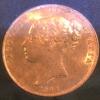
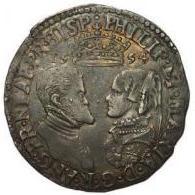

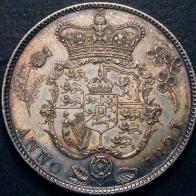
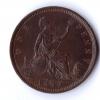





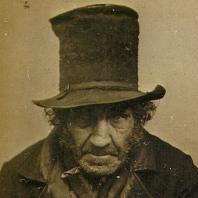

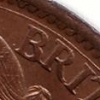

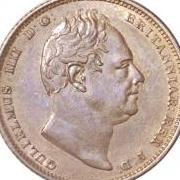

-Copy.jpg.2ad4e02054147d5e45ffeb914c6b727a.jpg)
-Copy.jpg.891a46fcf8bfe650544bec09352513e6.jpg)
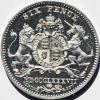
.jpg.a5fcea0fa39a62a7e9da9d1a5437e511.jpg)
